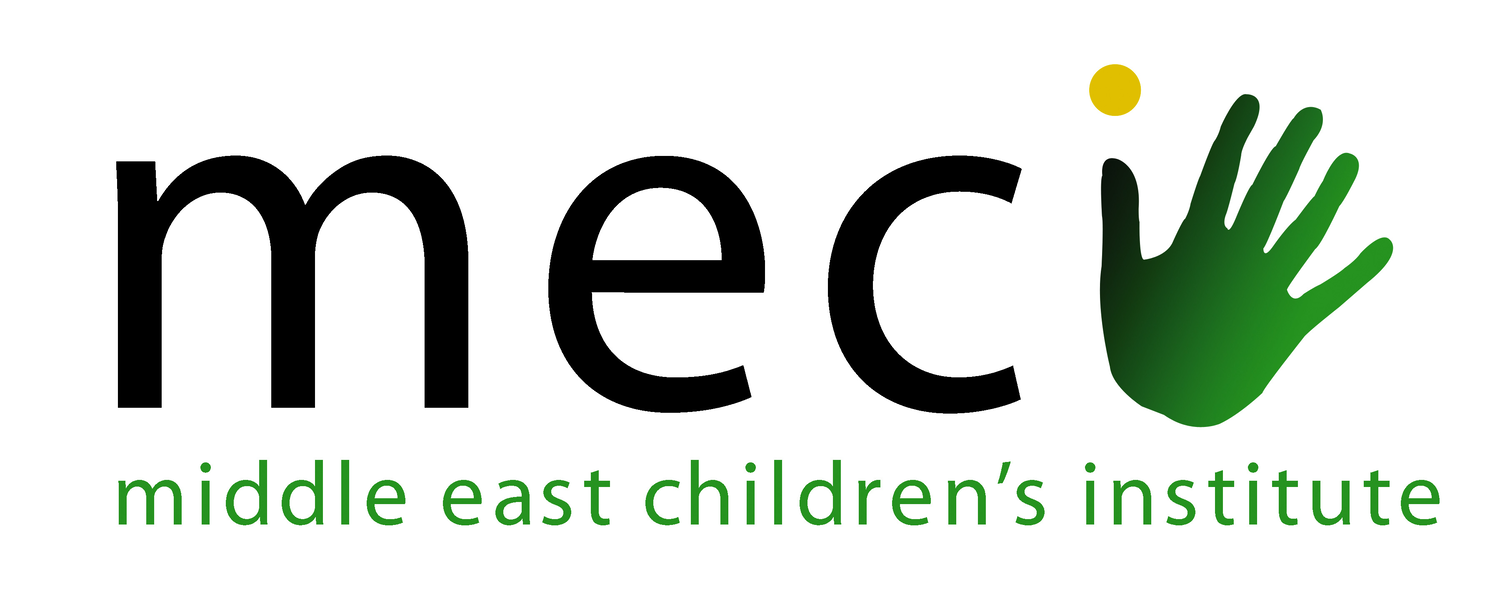With Gregory Maillot, MECI Students Explore Photography, Find Themselves
The Geneva-based photographer led MECI students in coursework to explore photography — and find themselves.
For the cohort of eager students expecting him, Gregory Maillot’s arrival in Beit Rima signaled the imminence of several important firsts: their first time holding a camera, their first time learning how it works, their first time as artists in a new medium.
In September, Gregory, a photographer from Geneva, visited MECI for his second trip to the program in the West Bank and first time leading a group of 30 students in photography lessons.
With MECI students, Gregory hoped to share some of the benefits of photography he’s found particularly meaningful throughout his own life—namely, the opportunity to express and explore oneself in the process of connecting with others.
Since he began taking photos, Gregory said photography offered him his own personal “cure to shyness.” It allowed him to not only capture but better understand new people and perspectives by, quite literally, considering them from all angles.
As he engaged more with others, Gregory also started to feel more confident in himself. He had been battling loneliness, he said, and found comfort and fulfillment in this unique mode of connection and communication.
So, when it came time to design courses for MECI students, Gregory placed their personal growth and discovery at the forefront. He attributes the inception of this approach to Natalia Signoroni, his partner and founder of the creative agency, Time-in-tempo.art.
“The purpose was, first of all, to let them use the camera — for them to understand that they can do this,” Gregory said. “They can communicate. They can express emotion.”
For Gregory, one of the most pivotal steps in training is learning “to express some emotion through photography, in a way, through the emotion of others.” This emotional function, he explained, is particularly critical for those who, like him, have endured struggle or faced rejection.
Another major benefit of photography stems from how it requires being present and attuned to one’s surroundings, Gregory said. That’s why he urged MECI students to tap into all five of their senses, not just sight.
He views photography, in concert with the other psychosocial activities MECI provides, from meditation to sports, as a wellness tool. It lets students blossom, he said, especially creatively.
“I saw the progress of MECI over five years and the integration of things like guided breathing exercises and yoga courses — all things that, according to my conviction or vision of life, are what is good for a human being,” Gregory said.
The alignment of his personal philosophy and MECI’s mission underlies why he leaned into a partnership with the organization in the first place.
When he considers collaborating with nonprofit groups, Gregory said he keeps two major concerns, or requirements, in mind. First, does the organization put all donations toward concrete actions on the ground? And, second, does its work offer long term solutions, rather than quick fixes? “With MECI,” he said, “I checked ‘yes,’ 100 percent.”
The photography project, Gregory recognized, would have a both direct and lasting impact on the MECI children, well beyond the snap of the shutter in their hands. A tool for life, photography sets them on the path to find their voice and discover themselves.
